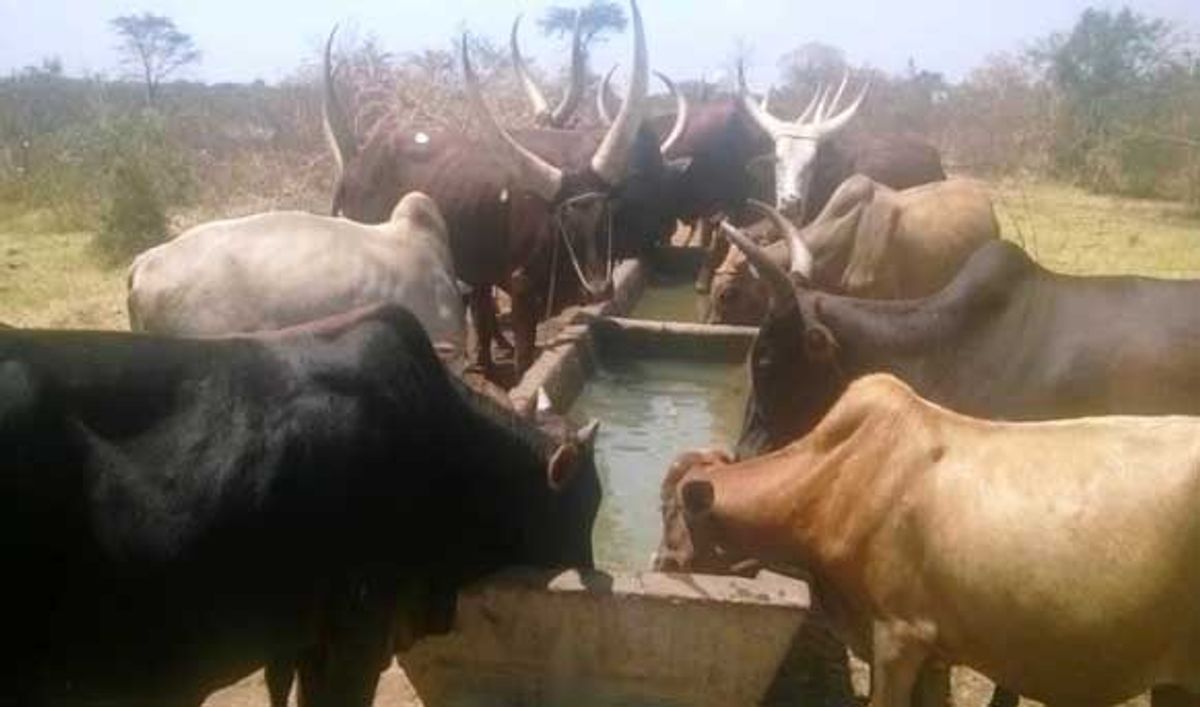
 Uganda has been selected to host the Eastern African Sub-regional gene bank for livestock genetic material. Uganda was chosen to host the gene bank with funding from the African Union.
Uganda has been selected to host the Eastern African Sub-regional gene bank for livestock genetic material. Uganda was chosen to host the gene bank with funding from the African Union.
The gene bank will be hosted by the National Animal Genetic Resources Center and Data Bank (NAGRC&DB) located in Entebbe under the Agriculture and Animal Industry Ministry.
The gene bank will preserve and conserve the genetic resources of livestock materials from 12 countries including Uganda, Ethiopia, Kenya, Tanzania, Rwanda, Burundi, Djibouti, Eritrea, Somalia, Republic of Comoros, South Sudan and The Sudan. The stored genetic resources will pool the genetic resources and make them available to countries that need them.
Kabatsi added: “The bank will provide backup storage for national gene banks and store materials from trans-boundary breeds under threat.”
Dr. Charles Lagu, the Executive Director of the National Animal Genetic Resources Centre and Data Bank (NAGRC&DB) said the development came after realizing a major decrease in in animal diversity.
The move calls for the introduction of conservation and sustainable utilization measures focusing on animal genetic resources.
Kabatsi attributed the establishment of the gene bank on Uganda’s strength in the areas of Security, Human, Technical and Physical resources relevant in supporting expert handling of biological materials of this nature and the presence of government ranches across the country.
Gene banks came after a global plan of action for Animal Genetic Resources (GPA) where the international community is committed to joining forces in conserving the world’s heritage of animal genetic resources for food and agriculture.
Under the movement, countries are tasked to protect their livestock biodiversity that greatly contribute to improved human health and nutrition and expand opportunities for livelihood diversification wealth creation and income generation.
What is gene banking?
Gene banking is a type of preservation and refers to prolonged cold storage that allows indefinite storage of genetic materials without deterioration for thousands of years and probably much longer.
The preserved materials can be used for recreating breed lines in case they are lost and also in the development of new breeds and for research materials.














Muhamadi Byemboijana
Leave a Comment
Your email address will not be published.